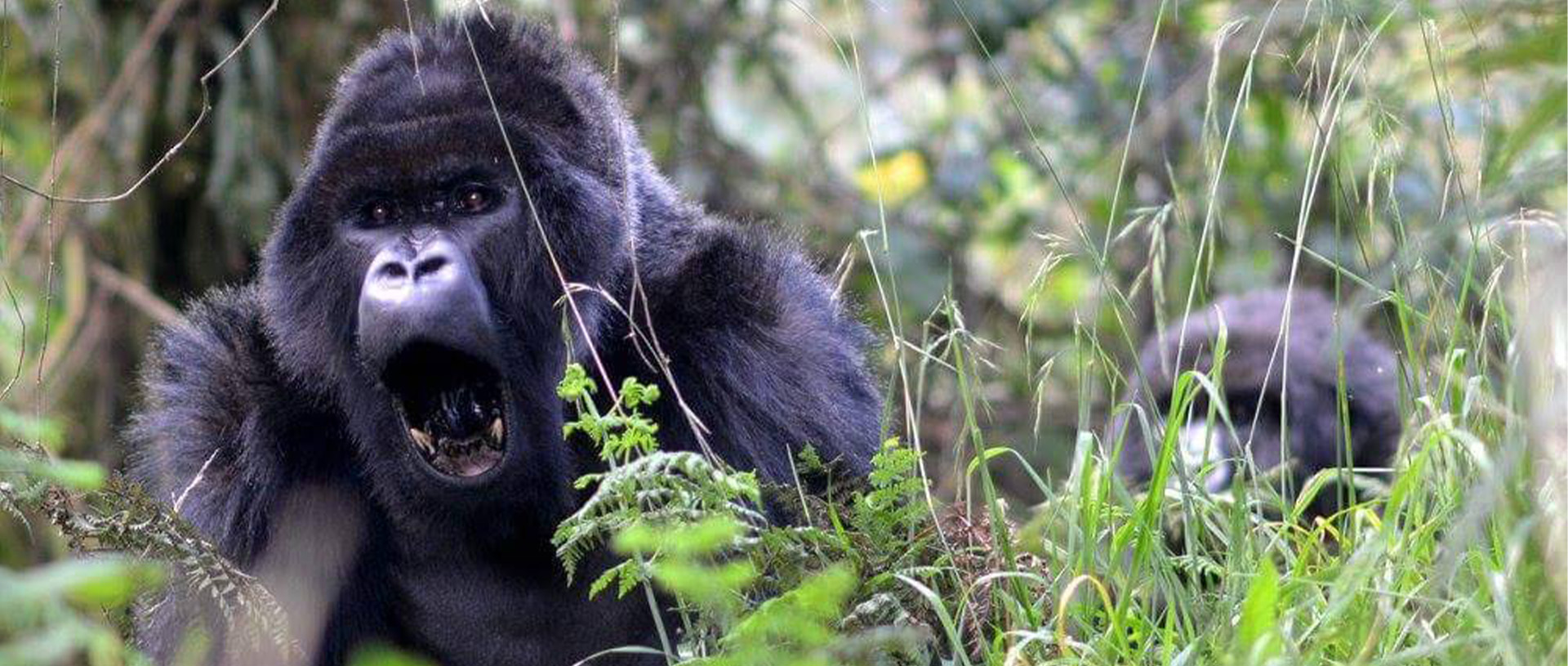Visiting Uganda
Best Time To Visit
The climate is good in Uganda all year round and the bulk of the country is tropical with daytime
temperatures generally hovering between 24-28°C. It cools down considerably at night (about 16-18°C),
enough to warrant bringing a sweatshirt, fleece or wrap. The rains come twice a year, in October/
November (short rains) and late March to end of May. However, rainy season is no reason to postpone
travel as it generally rains for an hour leaving the rest of the day clear and sunny.
Wildlife
As yet untouched by mass tourism, Uganda's parks and reserves are ideal retreats for the discerning
eco-tourist. The experience is very different to that in some of the parks in South Africa, Kenya
and Tanzania. Here there are no tarmac roads through the parks, no mass convergence of
zebra-camouflaged safari trucks and no animals turning up by appointment! The experience takes you
back to basics where patience and good game tracking skills the key.
Other Park Guides (Kidepo) Park Guide/Ranger: US $5 per traveller each time of guiding service Lodges and Camp Staff outside Kampala and Entebbe Entire camp/lodge staff: US $6 per traveller per day.
The lodges will have a staff tip box from which tips are distributed equitably amongst the entire staff.
EXCHANGE RATES: As of 01/Jan/2016, the exchange rate was as follows: $1US = 3670.00 Ugandan Shillings
The currency in Uganda is the shilling, and it is available in useable denominations of 50, 100, 200, 500, 1,000, 5,000, 10,000, 20,000 and 50,000 notes.
Please note: US$ Dollar bills smaller in denomination than US$100 may attract a less favorable rate
of exchange and notes older than 2009 are not accepted by hotels, banks etc. The reason for this is
there were a huge amount of imitation/fake US $ notes, so only the new notes are widely accepted
here.
Tipping
In all instances tipping should be treated as a personal matter and a gratuity should only be given
if you feel the service warrants it. It is important to individually recognize service people such
as airport transfer drivers, restaurant and camp or lodge personnel, and your local safari guides
with a tip.
Visas
Visas are now necessary for most nationals and should be obtained prior to travel. Single entry visas
can also be easily obtained from the airport on arrival at a cost of $50.00 per person
(please check for updates).Or The East African Visa at $ 100.00 taking you to Uganda, Kenya and
Rwanda. http://www.immigration.go.ug
Health
Yellow fever vaccinations are required and we recommend anti–malaria tablets, especially during the
rainy season. Most prescription drugs can be bought affordably and with ease over the counter in
Kampala. Personal insurance is strongly advised. http://www.who.int/countries/uga/en
Official Language
English is the official language, but Ugandans speak many local languages and dialects, Ganda or
Luganda, other Niger-Congo languages, Nilo-Saharan languages. Swahili is also widely spoken and
understood.
Airports
Currently there is one international airport at Entebbe, an hour’s drive from Kampala. A number of
international airlines fly direct to Entebbe, among them Kenya Airways, Emirates, KLM,SN Brussels
and SAA. Most major towns have an airstrip as do most National Parks and Game Reserves.
Note Regarding Baggage Limits
Weight limits on light aircraft flights within Uganda are 12 kgs/26 lbs including hand luggage. All
bags must be soft - no hard suitcases or wheeled bags permitted. No excess baggage will be allowed
on these flights.
Currency
The Uganda Shilling is the local currency and it is best to bring American dollars to be exchanged.
There are numerous Forex bureaux and banks in the capital and the main towns. Credit cards are
accepted in major hotels and restaurants, but generally it is best to carry cash (shillings)
upcountry while on safari.
Clothing
With regards to clothing you are going to be hot, cold and possibly wet on the trekking. So would
suggest light clothing, shorts, t-shirts, flip flops, hat, and study shoes are essential for
trekking. Long sleeved-shirts and a sweatshirt or fleece for evenings. Women in rural towns may
feel more comfortable wearing clothing that cover their knees and shoulders, but this is not
mandatory. It gets quite hot by mid-day, but evenings are always pleasant. Lodges do not have a
dress code and for the most part casual clothes are de rigueur.

